How to Check Slopes and Drainage on the Home Site
Home site drainage and slopes greatly affect your new home, and must be thoroughly studied before you buy your home property. Slope of land is sometimes hard to determine when you walk on it or look over it, and it often slopes more than you think.
If you don't have professional instruments, a useful trick is to sit on the ground with your knees up in front of you. Hold a level on your knees (and hold it level!), and look across the top of it. This can give you a decent idea of how property is sloping.
Flat sites are easier and less expensive to build on. Unfortunately, flat sites can often leave you with poor drainage of rain water away from your house, unless you buy enough dirt to raise the house aplenty. We have seen home sites that had two or three feet of slope across the entire lot (an ideal situation), but the owner or builder hired a tractor man to drag the whole site flat and level. This practice ruins the natural water shed of the property.
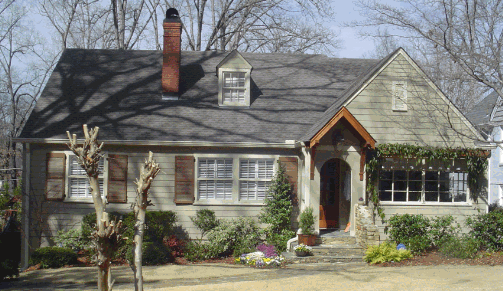
Home sites that have some slope across them offer the advantage of more predictable control of rain water. (Slopes of more than 4 feet across the width or depth of a house may cause a jump in cost due to the extra height of foundation walls needed on the low side.) Since water has been moving naturally across and off the property, build your house to work with this natural flow. Be aware that you still have to set the house high enough on the land to keep water out.
Remember the saying, "Bad design is remembered long after cheap price is forgotten." Building on a site that is too flat, and then trying to save money (usually dirt and concrete) by not raising the floor level of the house adequately above the original grade, will spell disaster when you begin to landscape the house. When the house is built too low for the surrounding grade to slope away properly, you will wish you had spent that extra $1000 to raise the floor level of the house.
A Rainy Day Disaster
While we were building a house in a nearby subdivision, we witnessed the construction of another house across the street. There was only a slight slope across the home site, and the top of the concrete slab was set at only 16 inches (two concrete block courses in this case) above the footings. Take away about 6 inches of soil over the footings, and drop down below the slab for brick weep holes, and the result is virtually nothing left for sloping of the final grade away from the house. The first big rain flooded the resulting flat area around the front of the house, and water almost ran into the house.
The only solution was to get a tractor and drag down the soil all around the side and front of this finished house. This resulted in the uprooting of most of the in-ground lawn sprinkler system, which of course had to be redug and reinstalled. In order for the rain water to drain away from the front door and walk, the yard had to be cut down lower than the drainage swale that ran along the street.
You get better results when you set the top of the floor or slab at a more than adequate height above the grade (ground) on the site.
A good practice is to first decide how high to set the floor line above grade, based on the high side of the lot. Then raise it an additional 6 to 8 inches. It will cost a little more, but you'll have no regrets when the house is finished.
Why Is Building A Flat Pad A Bad Idea?
Sometimes a large amount of fill dirt is hauled in for a portion of the slab, to create a more level building "pad" on a sloping lot. This rarely improves building or site conditions. Common problems result from this practice are:
1. "Differential" (uneven, or differing) settlement of one portion of the house may occur due to improper or inadequate compaction of the fill dirt. Differential settlement results in broken slabs and masonry, torn roofs, sloping floors and plumbing fixtures, and damaged plumbing.
2. Steeper slopes around the house, created by excessive dirt fill, may contribute to soil erosion, steep grassed areas that are difficult to mow, and rain water problems that you dump onto your neighbor's property.

Notice in the photo above how the home site has been cut down on the right-hand side, and filled on the left-hand side. This lot would have looked much more natural if the house had been built on the natural slope. The concrete curb at the street shows the natural slope.
Working With The Natural Slope
We have enjoyed greater success by building each house on the natural slope of the property, if possible. In addition to appearing more natural and having a better transition to the adjacent lots, you avoid water problems often associated with other practices.
The photos below show a house we built, during construction and after the buyers moved in. We preserved the natural slope of the lot, which enhances the home's beauty and allows it to blend smoothly with the neighboring lots.
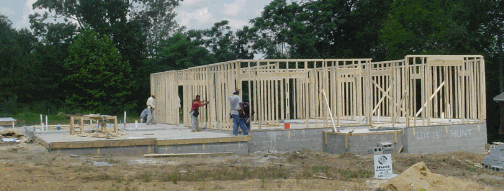
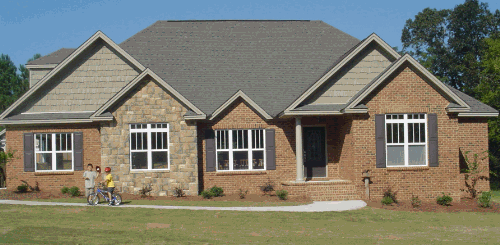
Drainage Onto Neighboring
Home Sites and From Other Lots
It takes planning, persistence and hard work to prevent excessive drainage from your property onto the neighbor's property. When you have your finished grading done, cut swales (shallow depressions or "valleys") along the property line where needed to limit the flow of rain water onto adjacent lots.
If you are building in a subdivision, any construction on lots uphill from yours will send water, mud and trash onto your lot during rains. If you can control the situation, the best practice is to build on the highest lot first and work downhill. This way there is no mud washing downhill onto new lawns and driveways.
Go to Design Your Homepage from Home Site Drainage page







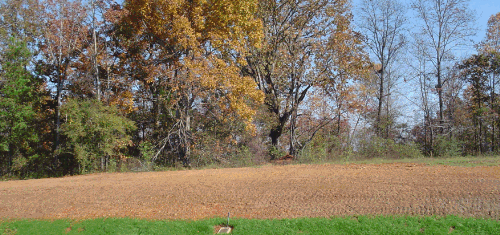
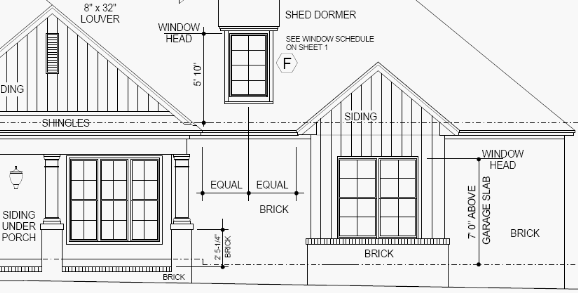
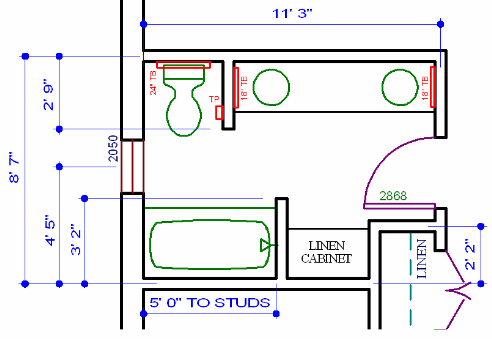
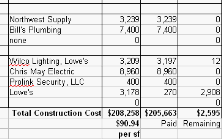
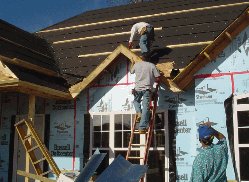
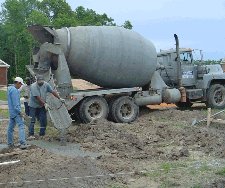
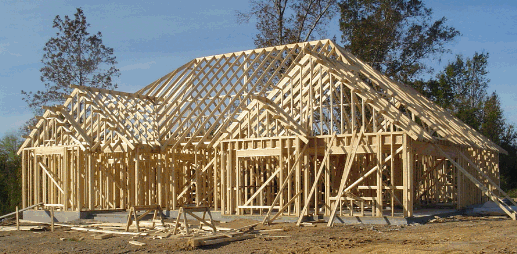

Comments
Have your say about what you just read! Leave us a comment or question in the box below.